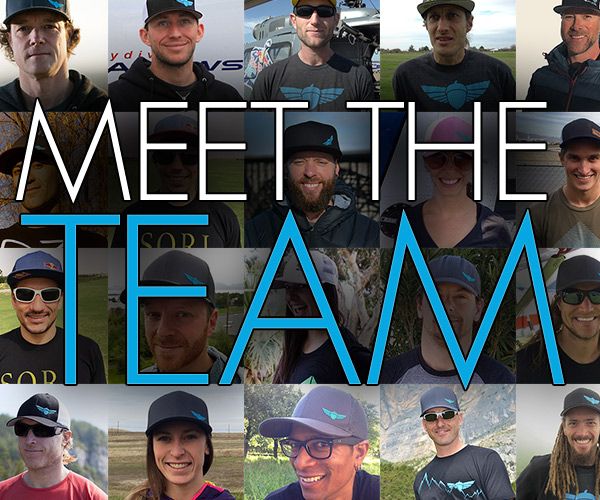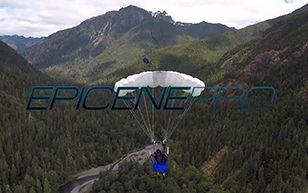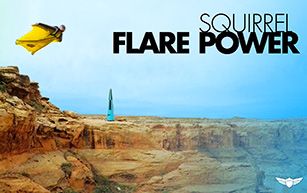Is Light Right for You?
Ultralight cloth is one of the best things that has ever happened to BASE jumping, and after more than ten years of field use by customers of several manufacturers, there is an abundance of information about its characteristics and long term performance.
Lightweight parachutes are easier to pack, fit into smaller containers, provide generally better opening characteristics, and have better handling.
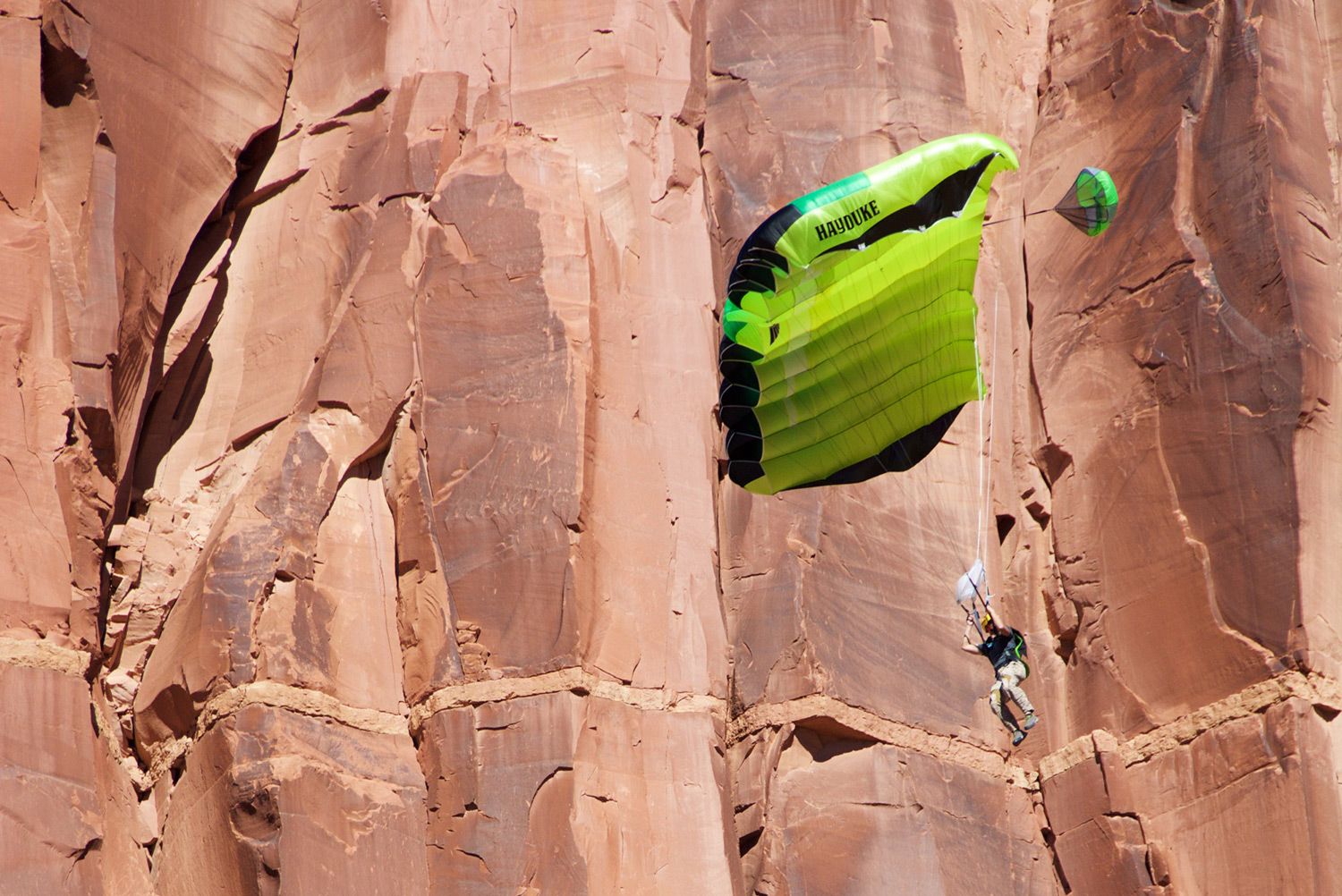
The only downsides to lightweight cloth are decreased abrasion resistance and longevity. Lightweight cloth parachutes do not last as long as standard weight cloth parachutes (if you compare cloth from the same manufacturer). The downside in longevity can be mitigated by using ZP on the leading edge, where fabric performance is most critical. This extends the usable lifespan of a light-weight canopy.
TLDR: Light is right for almost everyone, for almost every type of jumping.
But there are still a few misconceptions out there. Recently an article briefly circulated which claimed, among other things, that PN9 lasts longer than standard weight F-111 fabric. That is misleading – let�’s find out why, and dive a little deeper.
First, some vocab:
So does lightweight cloth, specifically PN9, last longer than standard weight cloth, specifically PN1? The answer is NO. There are many metrics by which we can measure fabric longevity, or performance over time. These three are relevant to parachutes:
- Porosity (Permeability)
- Mechanical Stability (Elongation, Breaking Strength)
- Tear Strength / Stitch Tear Strength
Comparing PN9 vs PN1:
PN9 is lighter. But how is it lighter, and what does that mean? The yarn used in PN9 is thinner (and weaker) than in PN1. Although there is a higher yarn density in PN9 in order to achieve the surface coverage needed for an adequately low level of permeability, it also has less total material in it. Less material means less durability, all other factors being equal.
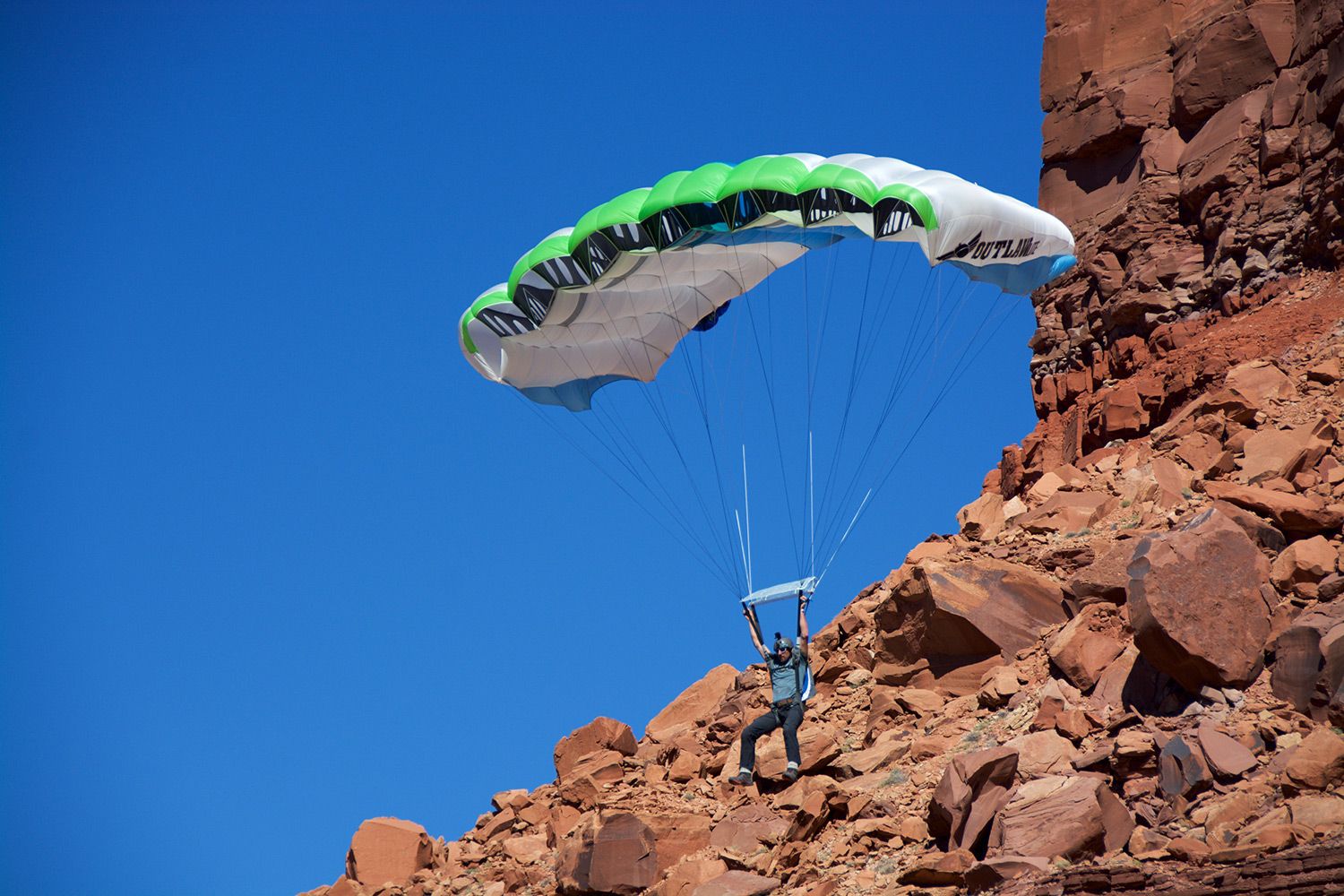
What about longevity?
PN9 has a shorter lifespan. Manufacturer tests and specifications are aligned with field experience, all of which demonstrate PN9 having lower mechanical stability, lower durability, lower abrasion resistance, and higher porosity than standard weight PN1 over time.
Is this a bad thing? Not necessarily, we just have to be aware of it. PN9 BASE canopies have proven to last for hundreds of jumps when cared for properly. A ZP leading edge greatly increases the performance lifespan by maintaining a stable zero-porosity skin at the most critical segment of the airfoil. An all-PN9 parachute without ZP will suffer significant performance degradation in the categories of flare, glide, and opening, over time.
If you heard somewhere that PN9 canopies actually “last longer” than standard weight F-111 canopies, you may safely disregard that claim. It is a conclusion which could only have been drawn from a comparison between PN9 and a lower grade standard weight cloth from a different manufacturer. It would say much more about the standard cloth than it would PN9’s longevity. Keep in mind that batch quality, dye color, and the calendering process can all impact the final properties of a fabric, even from the same manufacturer, so accurate comparisons must be made carefully.
So how does it fly?
Our sister company, Ozone Gliders Ltd., now has over fifteen years of R&D in ultralight ram-air canopies. It is well-documented that lower sail inertia, thanks to lower weight, means improved handling characteristics and better behavior in flight-testing. Although BASE canopies are much lower performance and much more stable than paragliders, there are similarities. A lighter weight parachute has more agile handling, in addition to better opening characteristics, all other factors being equal.
As for flare and glide – an increase in porosity as the fabric ages will degrade performance in these categories. This is a big part of the reason that a ZP leading edge is so helpful when it comes to performance over the parachute’s lifespan.
How are these things tested?
Well, we could leave a couple of pieces of cloth outside for a long period of time, but that would only be a valid way to test fabric colorfastness (to see how much the dye fades from UV / elements). Few conclusions could be drawn from other analysis, as simple exposure does not mimic actual use.
Mainly, we base our decisions off of manufacturer (such as Porcher Sport) lab tests, combined with field testing. Squirrel parachute designs are always load tested.
What about openings?
If you heard someone say that “lighter opens harder”, feel free to LOL. In fact, the opposite will be true depending on the porosity of light vs standard cloth resulting from the age of the parachute we are discussing.
If PC-drag is proportional to parachute mass, then you’re left with the question of whether the inertia of light fabric is more easily overcome by the moving air molecules during the inflation period - but this is splitting hairs, and millimeters of altitude.
Overall, it is pointless to talk about buying a heavier fabric parachute to try to avoid hard openings. A discussion about pilot chute size will be more appropriate when changing the mass of the parachute.
Does size matter?
Oh yes, it does. Wait, are we still talking about parachutes? In that case, a smaller parachute will inflate faster than a larger parachute. As the parachute is spreading out in two dimensions (span/chord), it has less total distance to travel than a parachute with more square feet. On top of that, the ratio of inlet surface area vs total internal volume is not the same as canopies change in size. The smaller the parachute, the less movement it should theoretically need to inflate. Is this bad or dangerous, if you’re lighter and jump smaller canopies? No. Here’s our advice:
- Step 1, identify the parachute size that is right for your wingloading goals.
- Step 2, identify the fabric type that is right for your jumping (and hiking, and packing) goals.
- Step 3, identify the parachute that has the opening characteristics you need for your goals.
Fabric type is not the main factor to consider when choosing a size. Lightweight parachutes serve small people and large people equally well.
So, I live in the desert and my dog is a bad bad boy...
You may have heard someone say that cactus and pets might be a way to test PN9. We strongly advocate against animal abuse, so it’s a good thing that we don’t have to kick any puppies to understand the root of PN9’s damage resistance. There are already two tests here: Tear Strength and Breaking Strength. PN9 scores lower in both, compared to PN1 (standard weight). Don’t take our word for it, see here.
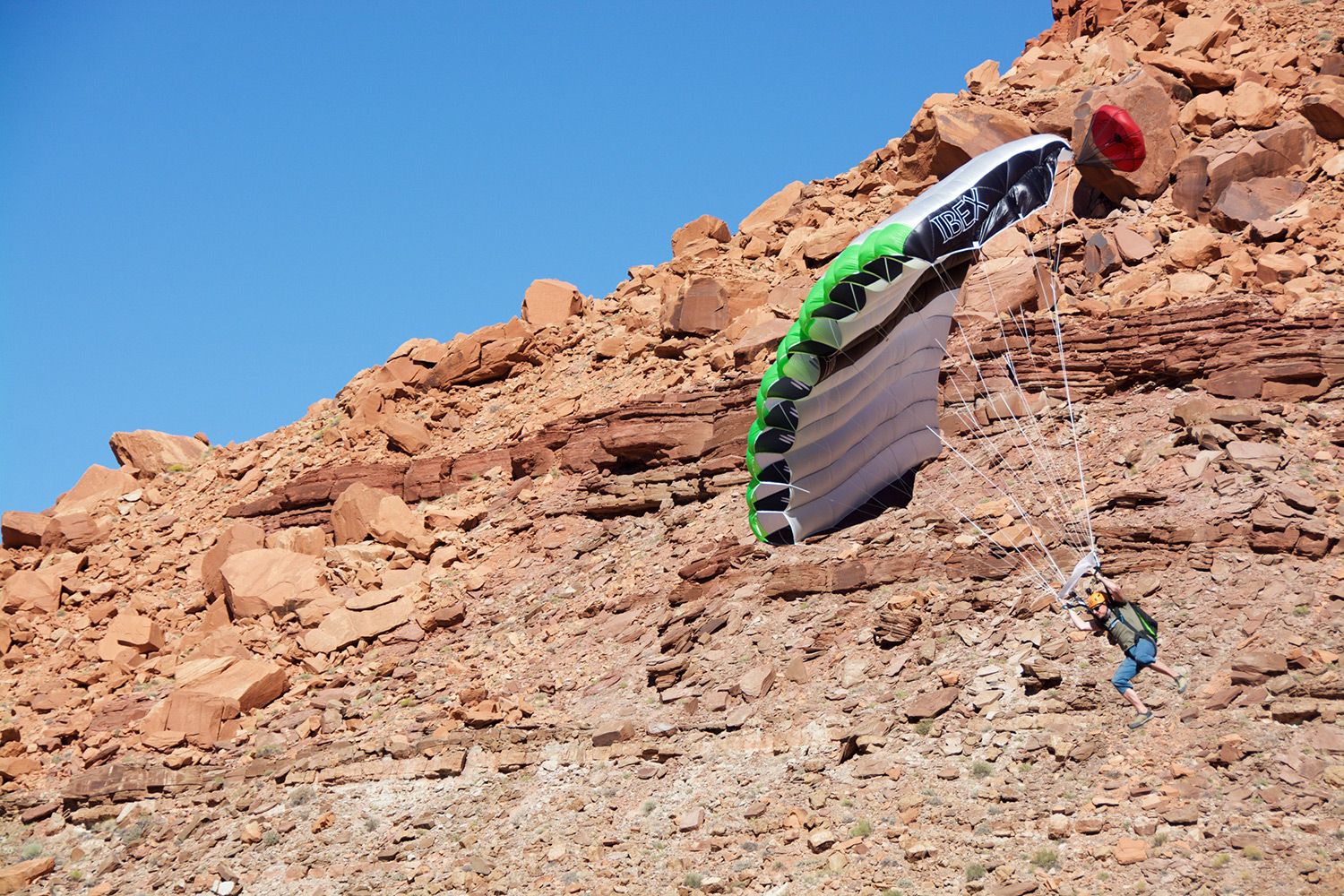
Who should avoid PN9?
If you frequently land in thorn-bushes, pack in dirty locations, land in the water often, and plan to put many hundreds of jumps on your parachute, then a PN1 canopy will last longer. This doesn’t mean you shouldn’t choose PN9, but you may need to replace it sooner.
Also, if you’re looking at purchasing a well-used PN9 canopy, remember these points.
But what about porosity?
That is a good question. When both PN1 and PN9 are new, porosity tests show equal results. However, less material means less durability - remember that PN9 is made with thinner yarn. Over time, the porosity of PN9 will increase more than PN1, meaning that PN9 does not last as long.
One of the things that we do know from more than ten years of PN9 BASE canopies being used in the field, in addition to testing heavily-used PN9 skydiving mains, is that the porosity of a PN9 parachute will increase significantly vs PN1 over time. The lifespan of a PN9 canopy is shorter and porosity increase is a primary factor in performance degradation. But as light cloth goes, PN9 is pretty good (the best).
What else is there, besides PN9?
Porcher Sport is not the only manufacturer of ultra-light, low-bulk, 0-3cfm* semi-permeable fabric. And PN9 is not the only cloth being used by parachute manufacturers for light canopies. At Squirrel and Ozone, we frequently review the available products and have relationships with several suppliers. Other companies in the UK, Germany, Korea, South Africa, and Sri Lanka, produce woven lightweight cloths that meet the F-111 category spec. There are subtle but significant differences between the cloths from each supplier. We evaluate them using the metrics above (Porosity, Strength, Stability), and also take into consideration the pack volume and weight. When all factors are considered, PN9 remains the best overall option on the market. That is why we have used it exclusively since day one.
**Calendering is, as described by the vaguely generic wikipedia description, a process involving passing fabric through rollers under heat and pressure. The exact procedure, ingredients, and method, will be a closely held secret for most fabric producers but in addition to simple heat and pressure the cloth can be impregnated with either an emulsion or a solvent based solution to improve various properties in the finished cloth. It is not a coating, but may improve the compactness of the yarn.

